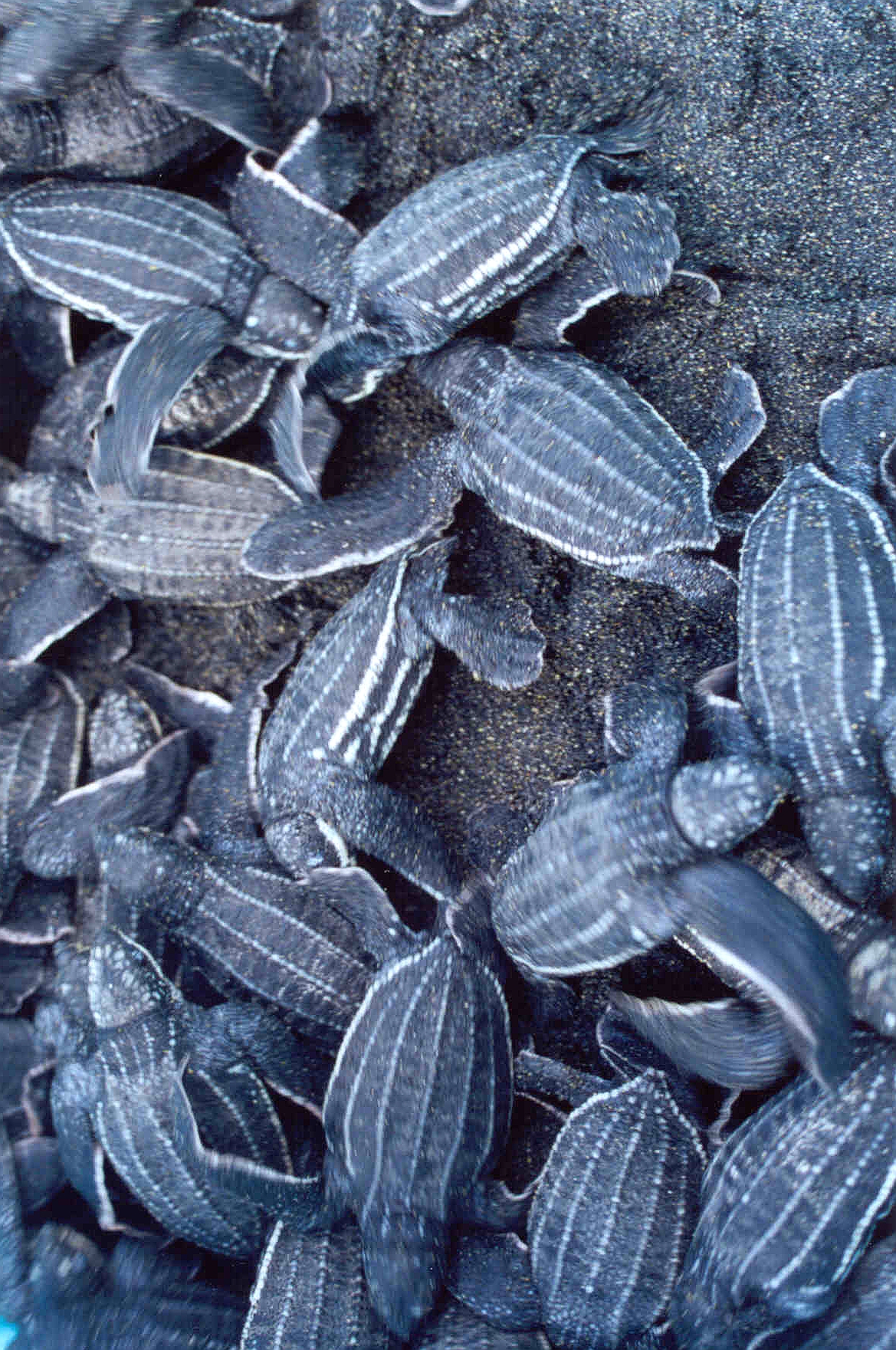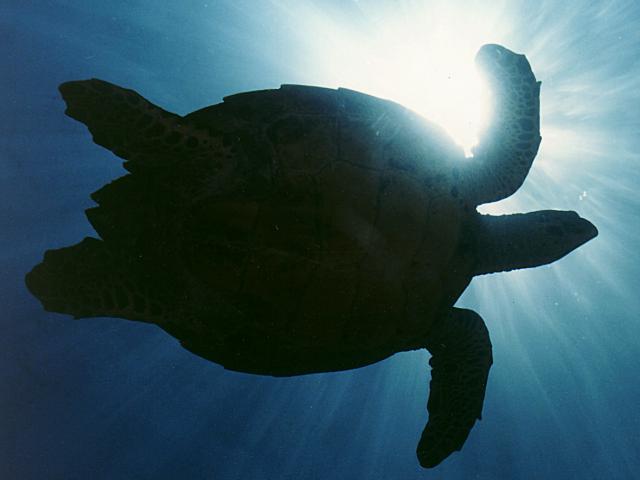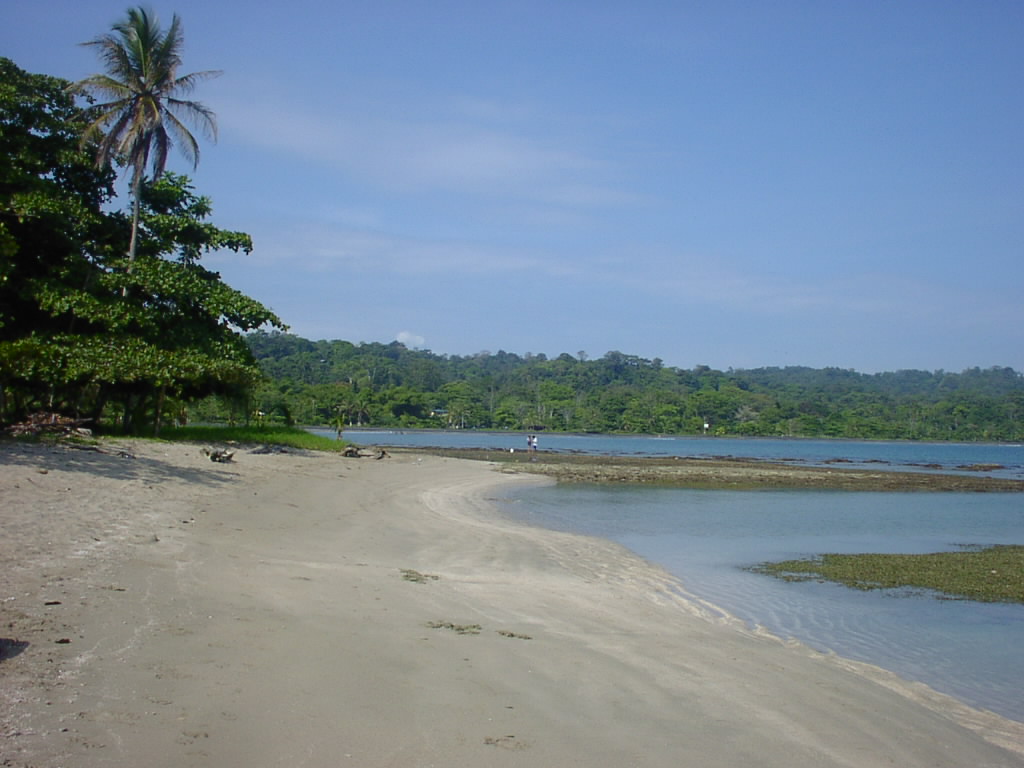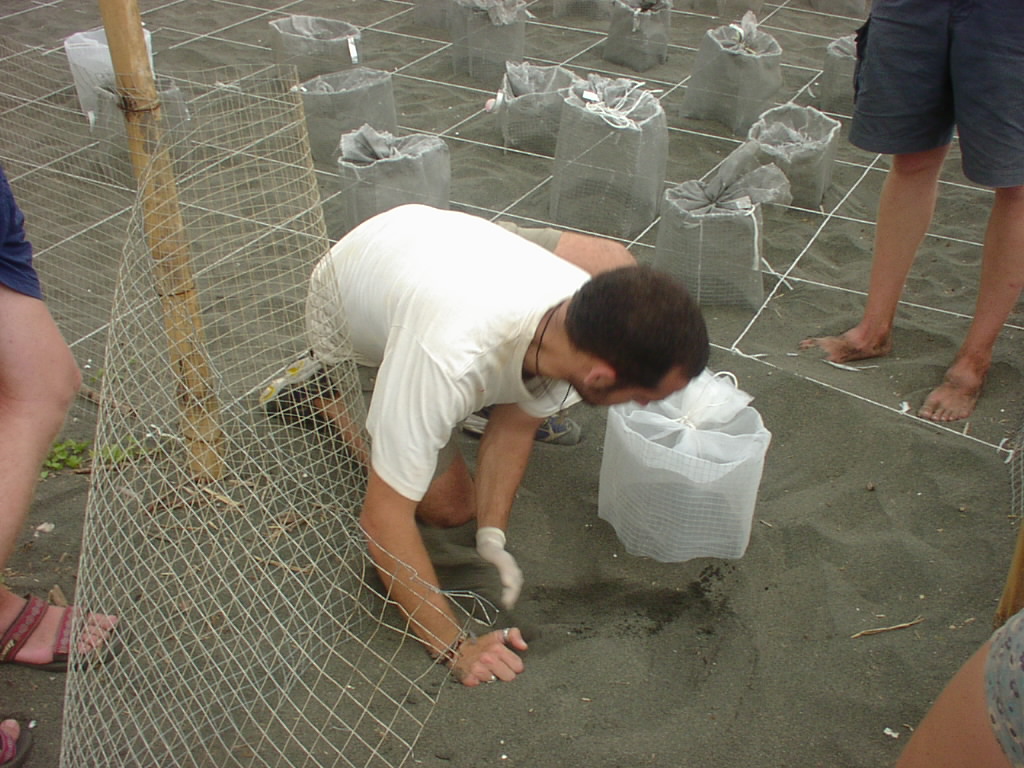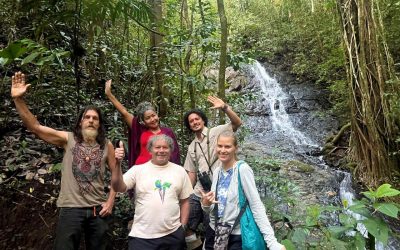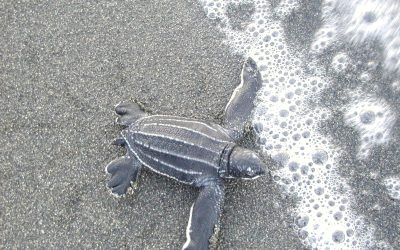GANDOCA-MANZANILLO
Sea turtle conservation on the Caribbean coastSea turtles in Costa Rica
Costa Rica is a mecca for sea turtles. Five out of seven sea turtle species worldwide come to lay their eggs on the beaches of the Pacific and Caribbean coasts in Costa Rica. In addition, various life stages use the food-rich coastal waters as feeding grounds.
Our partner and marine biologist Dr. Christine Figgener is working with the COASTS organization to ensure that sea turtles will continue to come to the beaches of Costa Rica in large numbers to lay their eggs, where the hatchlings will then embark on their first long journey to the Caribbean Sea or the Pacific Ocean after just a few weeks.
Protection and research of
Sea turtles
Dr. Christine Figgener and the organization COASTS protect nesting females and their eggs from poacherserosion and natural enemies.
Between March and July, the
endangered (EN) leatherback turtle
(<100 nests per year), between May and October the
the critically endangered (CR) hawksbill turtle
(<200 nests per year) and the
endangered (EN) green turtle
(<20 nests per year) come to Gandoca to lay their eggs.
Wuring the nesting season (March to October in the Caribbean) Christine and her team carry out night patrols and morning reconnaissance tours. You stay with the nesting females until they have returned to the water, and secure the laid eggs by moving them to a safer place and burying them there.
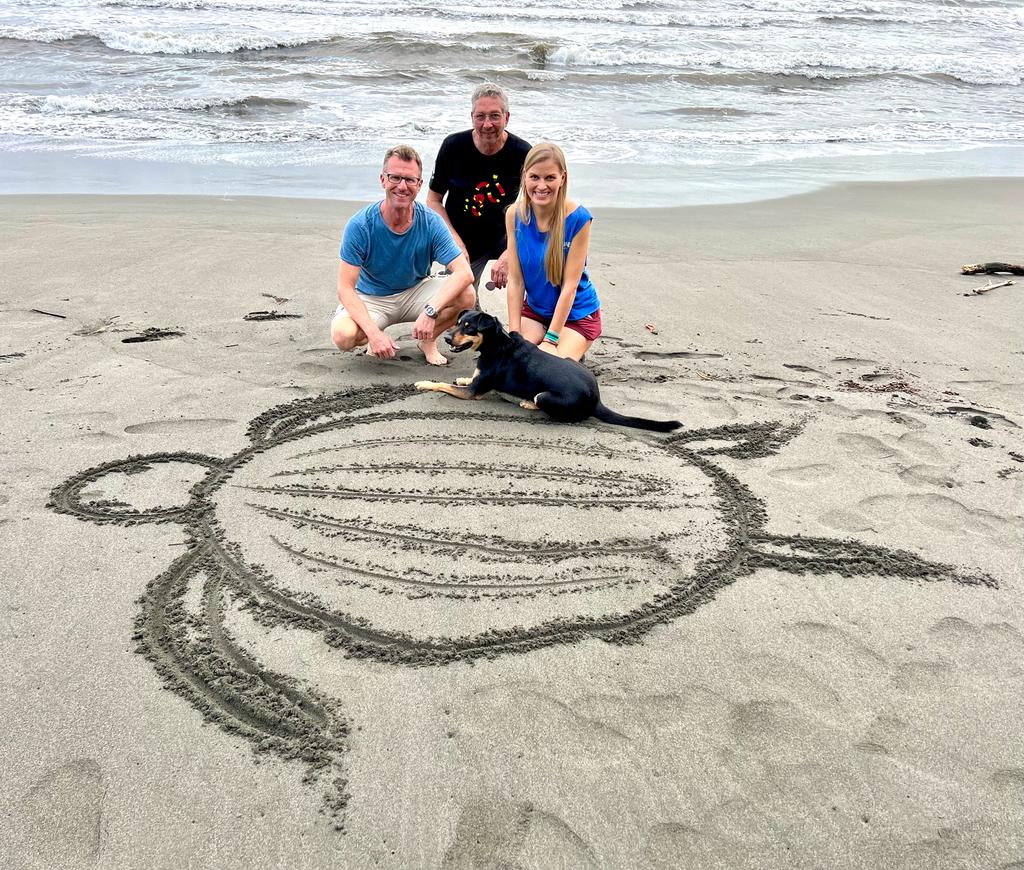
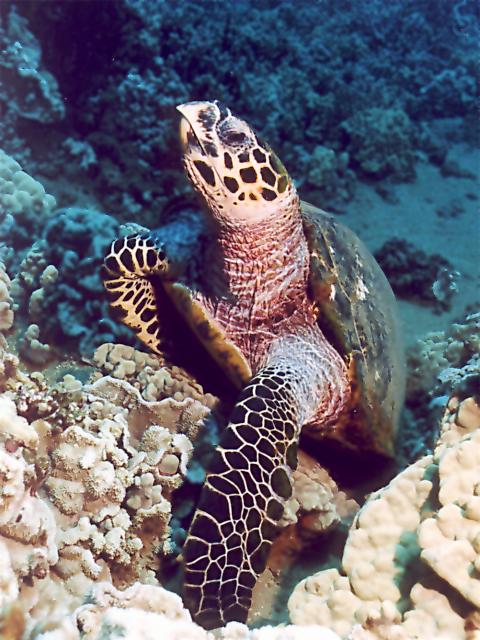
All-round program for the turtles
In addition to researching the nesting females, life in the water is also being studied in Gandoca. For this purpose, the animals are marked, registered and measured. Equipped with a transmitter, they now record important data for research for several years. The resulting data will be used, among other things, to show the Costa Rican government ways to make the protection of sea turtles more effective and sustainable.
Habitat conservation is another important area of work for the animal rights activists, as sea turtle populations cannot thrive in the future without a healthy ecosystem. Accordingly, there are initiatives to restore the local habitats. On the one hand, regular beach clean-ups are carried out to remove plastic and other garbage, and on the other, trees are grown for the reforestation of the mangroves.
A benefit for the local population
The animal welfare work is intended to provide the local population with financial support. Between seven and ten local scientific assistants, some of whom used to poach, are employed in Gandoca each season to provide an alternative income. In addition, the student assistants live and eat with families in the village, which also provides them with an income. After the banana plantation, the project, together with the organic farm in Punta Mona, is the largest employer in the village of Gandoca.
In order to make the conservation measures sustainable, a major focus is on environmental education in the surrounding schools, which are visited regularly to educate the children about the endangered status of sea turtles, but also to make them aware of the importance of protecting their own livelihoods. With the advent of the Internet in Gandoca, virtual visits are also possible for schools in other parts of Costa Rica, as well as internationally.
In order to get Costa Rican and other Latin American students interested in nature conservation, the project also offers three scholarships per year for qualified young people to work for three months each.
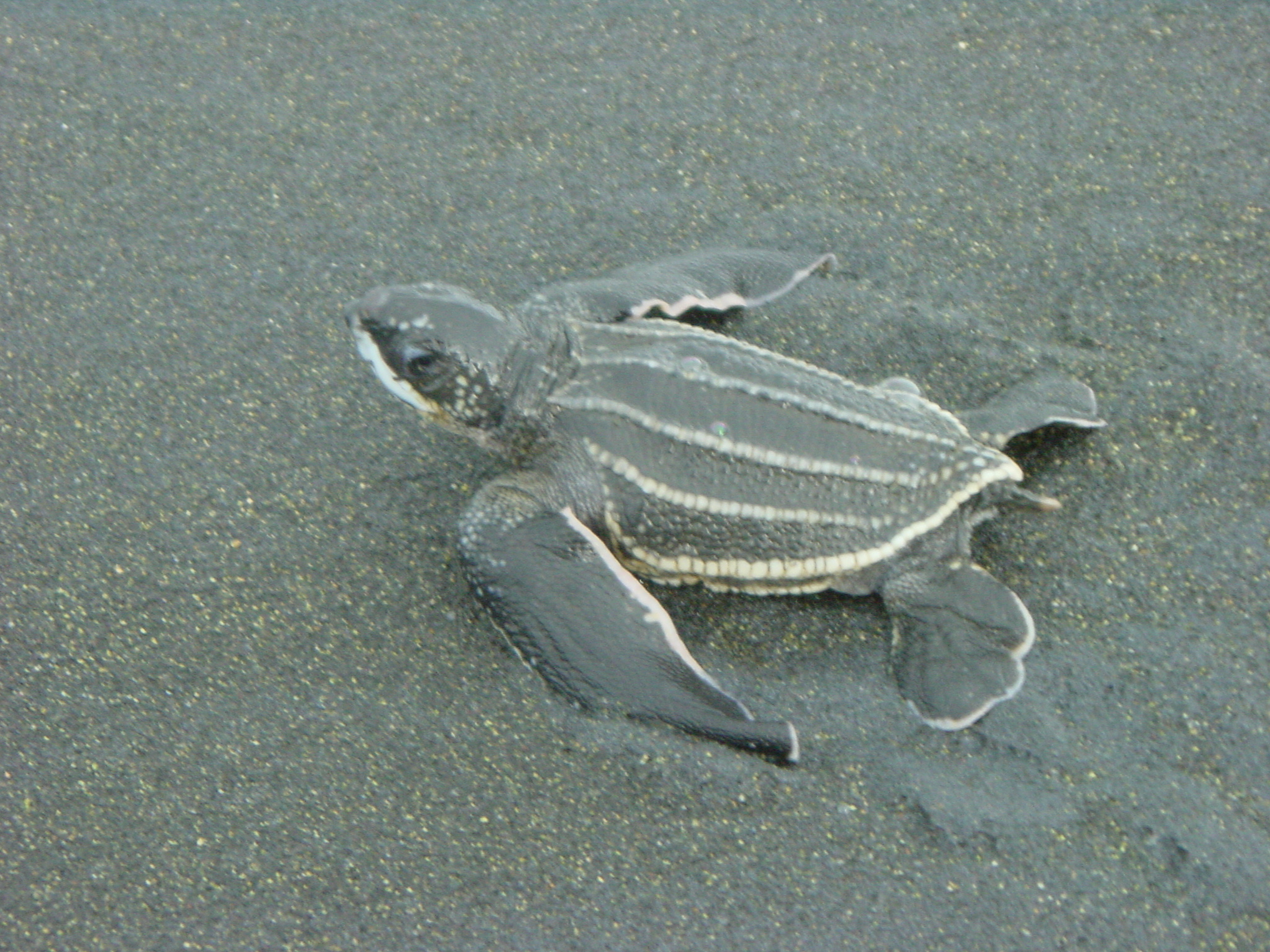
WHAT DOES TROPICA VERDE DO?
- Tropica Verde supports the organization COASTS with 5000 USD per year. A beach work manager can be employed for the nesting season. The Beach Work Manager is responsible for planning and implementing the work on the beach (work schedules, carrying out night patrols and data collection, training sessions, quality control, etc.) and, together with Dr. Christine Figgener, the Scientific Director, and Juliana Masis, the Data Manager, is part of the project management team.
- Tropica Verde raises awareness of the importance of sea turtle conservation through educational campaigns and events in Germany.
News about this project
Review of the year 2023: How our projects developed
Cooperation, poaching and environmental education 2023 was a very intensive year in terms of our project work in Costa Rica. I've just returned from another 6 weeks in the country shortly before Christmas and have taken away many positive impressions from the...
Tip: ZDF documentary “In action for sea turtles”
Actor Hannes Jaenicke has been producing documentaries about endangered species for years. Our project partner Christine Figgener also plays a key role in his latest documentary "Im Einsatz für Meeresschildkröten" (In action for sea turtles), which has been available...
